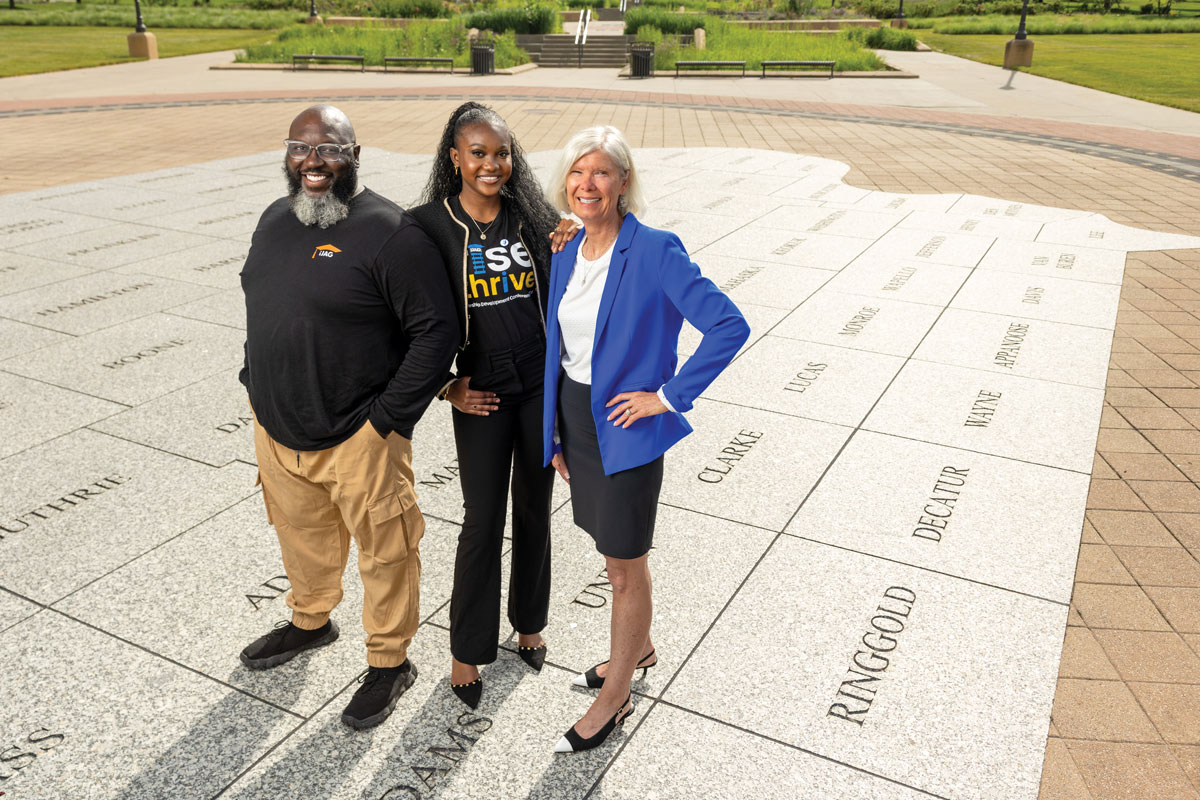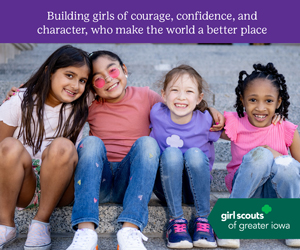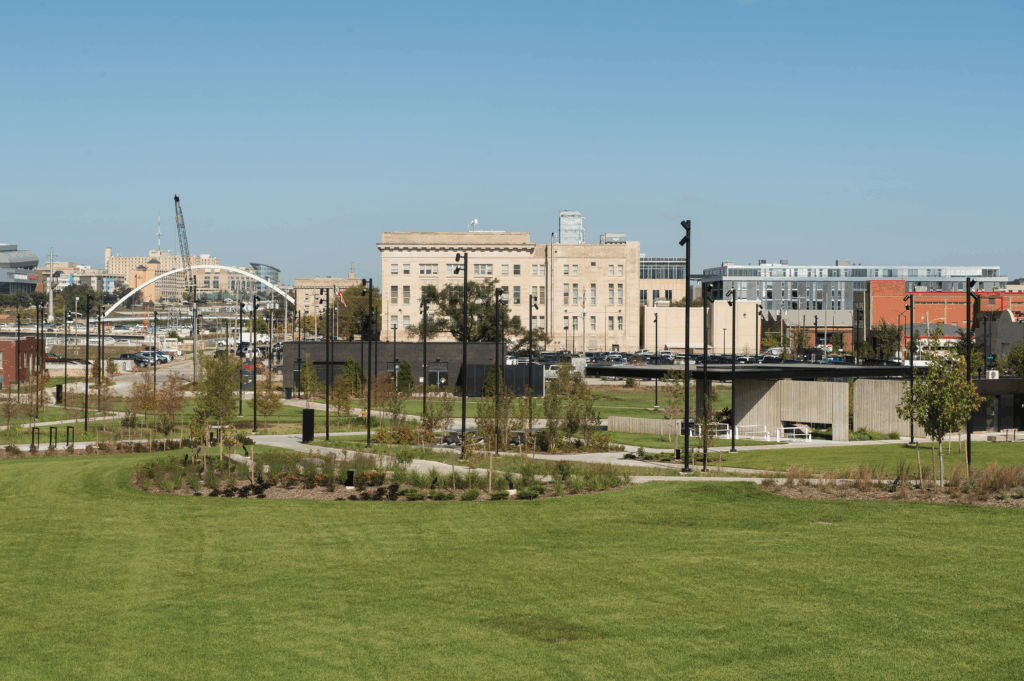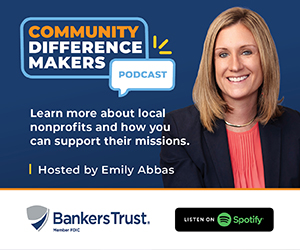Statewide nonprofit iJAG more than doubles programs, students in three years
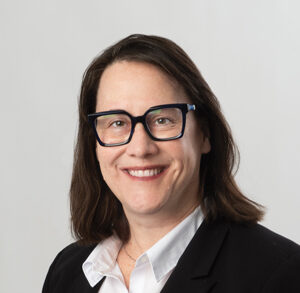
Gigi Wood Jul 11, 2025 | 6:00 am
5 min read time
1,187 wordsAll Latest News, Education, Workforce DevelopmentLexi Vazquez, who graduated from GMG Community Schools in May, plans to work in the marketing big leagues.
In the fall, she will be a freshman at the University of Iowa, where she will study marketing and sports management.

Lexi Vazquez, who recently graduated from GMG Community Schools and served as the vice president of iJAG’s student state career association. Photo courtesy of iJAG
“iJAG really helped me find my voice and solidify my future plans,” Vazquez said at iJAG’s 25-year anniversary celebration in May. “iJAG is really the reason why I’m going the direction that I’m going now. I really want to work in major league sports marketing and iJAG really helped me think, ‘This is possible, this is what you need to do to get here.’”
GMG Secondary School, which is in Garwin, northeast of Marshalltown, runs one of 174 Iowa Jobs for America’s Graduates, or iJAG, programs in Iowa. For two years, Vazquez and her teacher and iJAG facilitator Brittany Raymond worked in the iJAG program.
Vazquez served as the vice president of iJAG’s student state career association last year. She said one of the skills iJAG taught her is how to network.
“They’ve really helped me a lot. I’ve made connections in major league sports. I have a job shadow opportunity with Iowa Cubs marketing and I connected a little bit with the Iowa Wolves, too. Networking has played a really big role in why I’m doing what I’m doing,” she said.
iJAG students are one or two steps ahead of other students, Vazquez said.
“The iJAG advantage is real,” she said. “Our students, they’re young professionals and they’re ready for the workforce or whatever future plans they have.”
Teaching and facilitating through the iJAG program is very gratifying, Raymond said.
“It was really an easy fit for me,” she said. “It’s super rewarding to help the kids discover what their strengths are, and then look for opportunities that can help get them an advantage after high school. Ideally, I want each kid to leave high school having an idea on what they’re doing next, having that confidence, having the skills needed at the workplace.
Vazquez is one of many iJAG success stories. Marys Kapinga will be a senior at Cedar Rapids Prairie High School in the fall. After working with her teacher and iJAG specialist OJ Payne, she was elected president of iJAG’s student state career association. In that role, she will represent more than 10,000 students across the state, advocate for their needs and provide guidance.
“She encourages students to volunteer, give back to their communities and reach their full potential through iJAG,” Payne said in a statement.
iJAG’s growth
An affiliate of Jobs for America’s Graduates, iJAG is a nonprofit designed to improve high school graduation rates, help students find their strengths and prepare them for a career. The group partners with schools and businesses to create opportunities for students to receive skills and job experience that matches up with their career goals.
Each iJAG program across the state is operated as a for-credit elective course during the regular school day. The course is designed to offer a venue for students in middle and high school to interact with employers and community-based organizations and teach 37 core competencies of the following six skill sets: personal skills, leadership skills, communication skills, job attainment skills, job success skills, and career development skills, according to iJAG.
The program was started in Iowa in 1999 by Laurie Phelan, a former state education department official and has served 42,000 students since its inception. Nationally, JAG is serving 80,000 students in 32 states this year. Of those, 10,232 students are from Iowa.
iJAG has grown 110% since 2022, when it operated 97 programs in Iowa. This year, that number is expected to climb to 204 programs.
There is a 96% high school graduation rate for students in the program; 75% of students report positive outcomes and 35% enroll in post-secondary education.
Since Wendy Mihm-Herold started in her role three years ago as iJAG’s president and CEO, iJAG has more than doubled the number of students it is serving.
In 2022, there were 4,442 students involved in iJAG. This year, there are 10,185.
“We’re constantly looking at where it makes the most sense, where we can serve students where they’re at, and how we can help provide that additional capacity and benefit to the school district,” Mihm-Heroldsaid.
In April, iJAG hosted a Build My Future event at the Iowa State Fairgrounds, where 2,700 students received hands-on trades skills training in manufacturing, health care and more.
iJAG also connects with businesses. The organization has had 3,000 connections with businesses in the past year.
“Businesses are absolutely critical. This program does not work without businesses,” Mihm-Herold said.
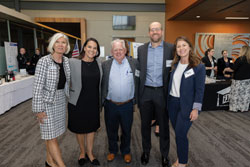
iJAG officials, board of director members and company mentors pose for a photo at the organization’s anniversary celebration in May. Photo courtesy of iJAG
iJAG receives a $9.6 million general fund appropriation as well as funding from the private sector and participating school districts. Businesses can get involved with iJAG by hosting job shadow programs or job fairs, serving as mentors or judges in statewide competitions, Mihm-Herold said.
Developing Iowa’s future workforce
One of the greatest challenges of the Iowa business community is finding skilled workers to fill open positions. Iowa’s unemployment rate is 3.6%, compared to 4.2% nationally.
Furthermore, it’s the need for workers with complex skill sets who can fit the needs of employers in construction, health and sciences, advanced manufacturing and more.
“The secret recipe for iJAG, is we have a caring adult that’s in the classroom that’s working with 60 students, and they are the bridge with those students between education and employment,” said Mihm-Herold.
iJAG officials work to keep participating students on track for additional education and training.
“We work to make sure their attendance is good, that they are keeping up on their classes and then we’re focusing, very specifically, on teaching community service skills,” said Mihm-Herold.
The students learn from elected officials about how the government works as well as financial literacy and how to help with nonprofit community projects.
“About 92% of our students live, work and play within [a few miles from] where they graduated from high school and we’re making sure that we’re connecting them to their local community,” Mihm-Herold said.
Ever the marketer, Vazquez said iJAG is an effective way for businesses to find employees.
“It’s a great way to connect with students interested in what [employers] are looking for, even if they’re not quite ready, like maybe they need a degree; those businesses could offer job shadows or internships to get students into their companies a little bit easier,” she said.
iJAG participants accomplish a lot in the classroom, too, she said.
“iJAG, in our classroom in particular, we like to partner a lot with local businesses for different things, whether that’s helping them with their marketing or maybe they’re doing a fundraiser, they’re doing something for the community. Whatever it is we can help out. … It’s fun and it can get kids excited for their jobs.”

Gigi Wood
Gigi Wood is a senior staff writer at Business Record. She covers economic development, government policy and law, agriculture, energy, and manufacturing.

